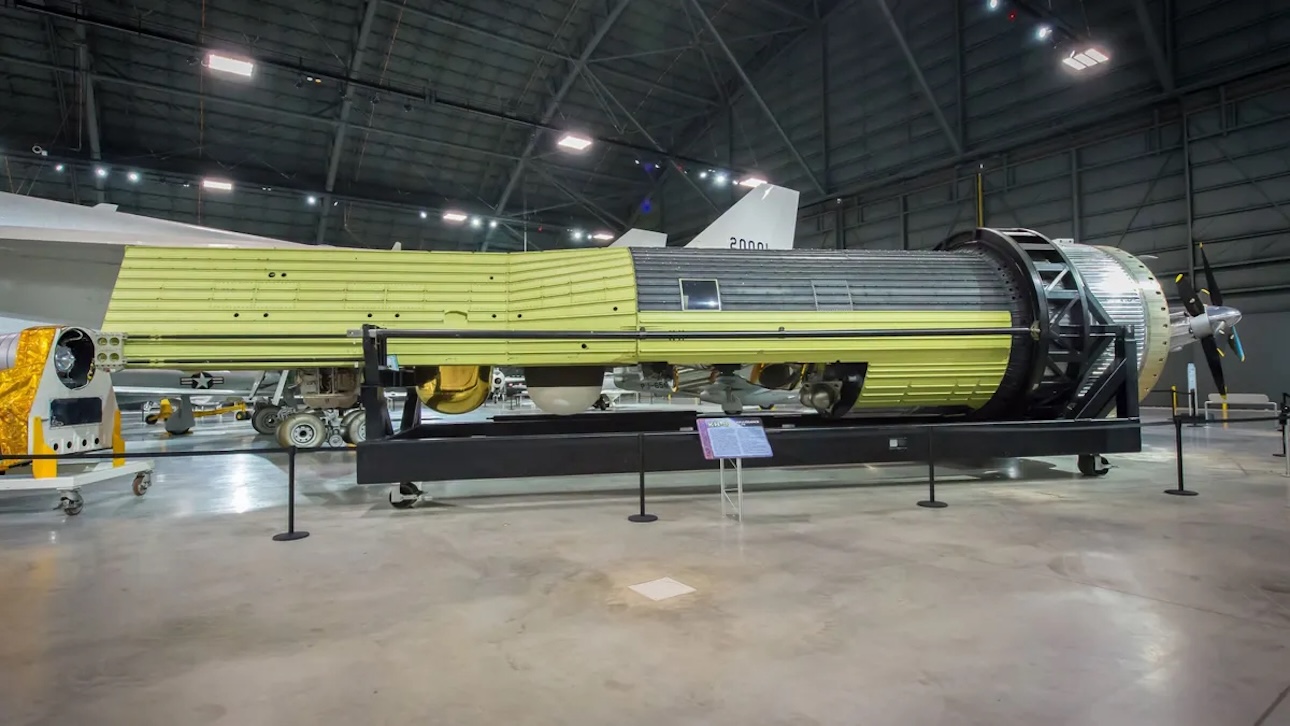Sustainability, Vol. 16, Pages 3545: Comparative Study on Different Interpolation Methods and Source Analysis of Soil Toxic Element Pollution in Cangxi County, Guangyuan City, China
Sustainability doi: 10.3390/su16093545
Authors: Jiajun Zhang Junsheng Peng Xingyi Chen Xinyi Shi Ziwei Feng Yichen Meng Wende Chen Yingping Liu
Spatial interpolation is a crucial aspect of soil toxic element pollution research, serving as a vital foundation for pollution assessment, treatment, and sustainability efforts. The selection and adjustment of interpolation methods directly influences the accuracy of spatial distribution maps and data results, thereby indirectly impacting related research. This paper conducts a comparative study of different interpolation methods and analyses the sources of soil toxic elements in the study area of Cangxi County, aiming to provide a scientific foundation for future soil management, remediation, and enhanced local sustainability. The spatial correlation of As, Cd, Hg, Mn, Pb, and Mo in 228 surface soil samples in the study area of Cangxi County is analyzed. The interpolation results, spatial distribution of OK (ordinary Kriging), IDW (inverse distance weighting), RBF (radial basis function) and the changes of pollution area after interpolation are compared. The smoothing effect is assessed based on the comparison results, interpolation accuracy, and impact on pollution assessment of OK, IDW, and RBF. The interpolation method most suitable for each metal in the study area is selected. It can be concluded that the optimal interpolation method for As, Hg, and Mn is IDW; for Cd and Mo, it is RBF; and for Pb, it is OK. After the correlation analysis of toxic elements in the soil of the study area, the PMF (positive matrix factorization) model and hotspot analysis is applied to analyzing the source of toxic elements. The analysis indicates that the predominant sources of pollution are anthropogenic, categorized into industrial activities (30.8%), atmospheric deposition caused by coal combustion and traffic exhaust (21.5%) and agricultural activities (19.5%). Natural sources, such as soil parent material, contribute to 28.2% of the pollution on average.

 1 week ago
13
1 week ago
13


